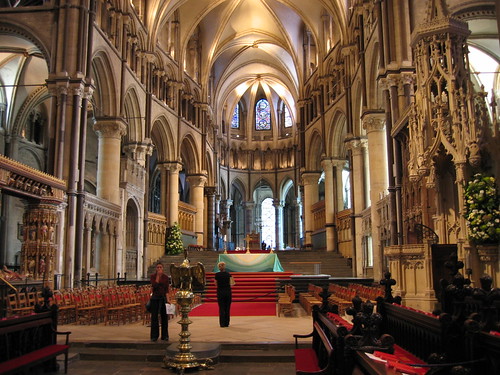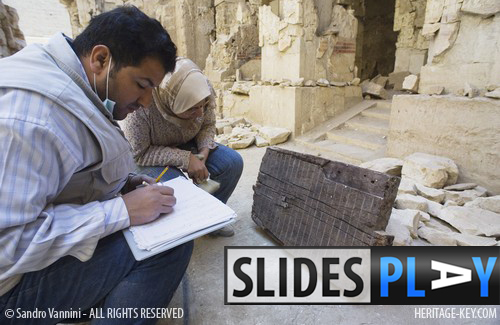Venice, with its grumpy gondoliers, and Verona, home to Romeo, Juliet and a pink Roman arena, both have formidable reputations as romantic destinations. But Rome too can more than hold its own when it comes to providing entertainment for lovers of all kinds (whether part of a couple or not). There are several activities and a two-for-one offer on state-owned museums this coming weekend (13 and 14 February) in honour of Saint Valentine’s Day, but there’s plenty to inspire anyone with a yearning for a bit of romance and culture at any time of the year. Some of ancient Rome’s…
-
-
We’ve come a long way from the time when Ugg would mutter inanities to Uggetta in the cave, present her with a wad of crushed up flowers and move in for the kiss- and if she resisted he would reach for his club, gives it the old ‘knock on the head and drag away’ routine. Nowadays, for example, we do all the inanities on dating websites or in noisy bars. The rules of romance and courting have been shifting rapidly in the last 50 years and now many people are so clueless as to what they are supposed to do…
-
The Ancient World in London is in full swing: we’ve got events, competitions, quests, articles and interviews going up by the day, packing your lucky brains with fascinating info and exciting adventures. And hot on the heels of all this is the Ancient World in London video series, the first episode of which you can see right here, right now. Each video will feature amazing places, strange artefacts and intriguing experts – as we take our three intrepid explorers on no fewer than 25 adventures in and around the capital. We’ll be meeting mysterious druid priests, famous historians and avid…
-
Stonehenge no stranger to mystery was shrouded in a cloak of foggy secrecy on Tuesday night, as the BBC filmed scenes for a forthcoming episode of Doctor Who inside a closed set at the iconic Wiltshire monument. Rumour has it that the first few instalments of the new season of the long-running cult timr-travelling sci-fi drama expected to air sometime in the next few months will be set sometime in the past. Dr Who anoraks observing from the edges of the set, hoping to catch a rare glimpse of filming, spotted the Time Lord himself played by Matt Smith, the…
-
Canterbury City Council is the latest local authority set to close museums as part of cost-cutting measures. The council is wielding the budget axe and its decided that saving the citys Christmas lights is more important than keeping the Roman Museum open to the public. Under the budget proposals, the Roman Museum and the nearby the Westgate Towers Museum would close, while Herne Bay Museum would remain open only for educational groups (though apparently not for the general public who wish to educate themselves). Canterbury is not alone in sacrificing museums often seen as soft targets as part of cost-cutting…
-
In a joint partnership with the Open University, the BBC broadcast the first of a seven-part series which is looking at the History of Britain through art and artefacts over the past 2,000 years in a TV series called “Seven Ages of Britain“. Shot in high definition, the programme is written and presented by the respected veteran broadcaster David Dimbleby who recounts the ancient-era story of the nation in the first episode. Heritage Key’s new series – Ancient World in London – which starts next week will build on the insights with a look at the age of Roman and…
-
Egyptology photographer Sandro Vannini has been busy photographing tombs across Thebes for his new book “The Lost Tombs of Thebes:Lost in Paradise” and you can watch him at work in a Heritage Key video which also features Dr Zahi Hawass and Dr Janice Kamrin (Watch the video). During his photo-spree in this Ancient Egyptian city, Sandro took images of archaeologists hard at work at the site of TT34 – The Tomb of Montuemhat. Described by the excavation lead Dr Farouk Gomaa as “one of the largest [tombs] in Thebes“, the University of Tbingen archaeologist and his team are searching for…
-
When you think of King Tut, do you see a young boy, struggling with the enormity of his power; a slender adolescent in control of the world’s greatest empire? Of course not, because you’re like me: you see the magnificent death mask, the coffins, shrines, shabtis, daggers, beds, decrepit mummy(with or without penis) et al. We ancient world-lovers are just magpies with laptops really. But do you ever wonder why, when Howard Carter and Lord Carnarvonburst into the tomb in 1922, they could see so many ‘wonderful things’? Why wasn’t Tutankhamun’s funerary procession made ancient swag, like those of nearly…
-
Egypts Minister of Culture, Farouk Hosni, and Zahi Hawass, Secretary General of the Supreme Council of Antiquities (SCA), along with the governor of Luxor, Samir Farag, will embark today on an inspection tour along the Avenue of Sphinxes that connects the Luxor and Karnak temples. During this visit, they will install the piece of red granite that was returned to Egypt by the Metropolitan Museum of Art in its original place at the Ptah temple at Karnak. Built by the 30th Dynasty king Nectanebo I (380-362 BC), the avenue is 2,700 meters long and 76 meters wide, and lined with…
-
Four Senet boards were found inside the tomb of King Tutankhamun and suggests that the boy king was a keen player of the ancient game. In Ancient Egyptian society, senet was regarded as much more than just a game, however – it was a matter of life or death. The game involves throwing casting sticks or knucklebones, and over time became regarded as talismans for the journey into the afterlife with luck being a key deciding factor in the game. Those who would win games of senet were believed to be blessed by powerful gods such as Osiris, Ra and…





